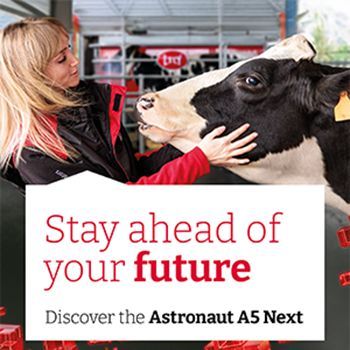Heightened Vigilance as H5N1 Threatens North American Dairy Farms; Alberta Takes Precautionary Measures
Source: The DairyNews
Amidst an ongoing outbreak of the H5N1 avian influenza affecting dairy farms in the United States, experts are stressing the importance of vigilance. In Alberta, measures are being intensified to prevent the virus fr om crossing into its dairy herds. Dr. Keith Lehman, Alberta’s chief veterinarian, expressed concern over the situation developing in the U.S., wh ere the virus has shown significant impacts.

To date, the avian influenza has been detected in 82 poultry establishments in Alberta, ranging from large commercial farms to small backyard flocks, leading to the culling of all affected birds. However, there have been no reported cases in Canadian dairy cattle, a status attributed to stringent preventative measures, including new import requirements that mandate U.S. lactating dairy cows to test negative for H5N1 within seven days prior to export.
The proactive steps taken include increased surveillance and mandatory reporting of any suspected cases to the Canadian Food Inspection Agency or the Office of the Chief Provincial Veterinarian. "Monitoring on farms is crucial," Lehman emphasized, noting that any sign of the disease in dairy herds would be immediately apparent.
In addition to border controls, Lehman highlighted in-farm preventative measures such as isolating new animals, rigorous cleaning, and disinfection practices. Plans are also underway among the Council of Chief Veterinary Officers to implement more active H5N1 testing protocols for dairy cattle across Canada, aiming to fortify the national response to this significant threat.
The proactive steps taken include increased surveillance and mandatory reporting of any suspected cases to the Canadian Food Inspection Agency or the Office of the Chief Provincial Veterinarian. "Monitoring on farms is crucial," Lehman emphasized, noting that any sign of the disease in dairy herds would be immediately apparent.
In addition to border controls, Lehman highlighted in-farm preventative measures such as isolating new animals, rigorous cleaning, and disinfection practices. Plans are also underway among the Council of Chief Veterinary Officers to implement more active H5N1 testing protocols for dairy cattle across Canada, aiming to fortify the national response to this significant threat.
Key News of the Week











